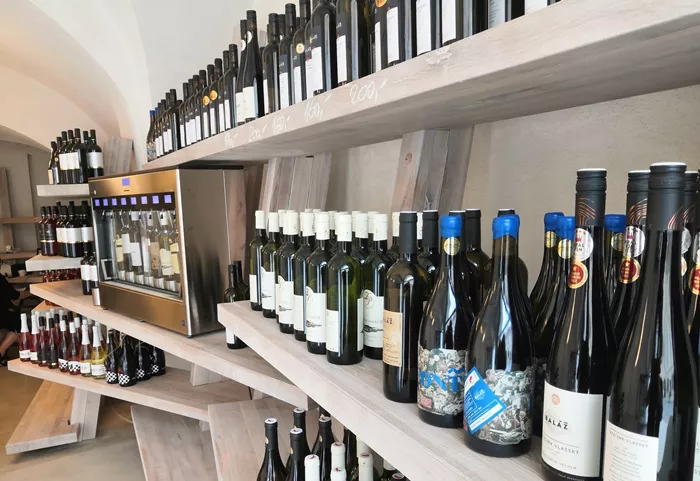While Bordeaux remains a cornerstone of the global fine wine market, its dominance in the Far East has waned over the past decade, creating opportunities for other wine regions to gain traction. However, Bordeaux’s influence persists in an unexpected way: through its distribution system, La Place de Bordeaux, which is increasingly being used by non-Bordeaux wine estates to reach international markets. This trend was the focus of a masterclass at ProWine Shanghai, where a selection of “Hors Bordeaux” wines—those from outside the region but distributed through La Place—were showcased alongside a classic Bordeaux benchmark.
The Rise of Hors Bordeaux
La Place de Bordeaux, a tripartite distribution system comprising producers, négociants (traders), and courtiers (brokers), has historically been the backbone of Bordeaux’s wine trade. Traditionally, Bordeaux’s aristocratic châteaux relied on négociants to handle global sales, avoiding direct dealings with what was once considered the “grubby” trade. However, in 1998, the system expanded beyond Bordeaux when Chilean winery Almaviva became the first non-Bordeaux wine to be distributed through La Place. This was followed by California’s Opus One in 2004, both of which had ties to Bordeaux through joint ventures with Château Mouton Rothschild.
The real turning point came in 2009 when Masseto, a Tuscan Merlot from Frescobaldi, joined La Place. Masseto’s success—marked by increased global recognition and higher prices—sparked a wave of interest from other fine wine producers. Today, La Place de Bordeaux distributes over 100 international wines, with significant growth occurring in the past three to four years, particularly during the COVID-19 pandemic. The system’s ability to reach diverse markets, from restaurants to retailers, has made it an attractive option for producers seeking global exposure.
How La Place Works
La Place operates through a network of négociants who distribute wines worldwide. Unlike traditional models that rely on a single importer per country, La Place offers access to multiple négociants, broadening a wine’s reach. However, the system is not without its challenges. While it excels at distribution, brand-building remains the responsibility of the producer. Additionally, the system’s price transparency means that a wine’s market performance is immediately visible, making it a high-stakes platform for new entrants.
The Masterclass: A Global Showcase
At ProWine Shanghai, a masterclass highlighted the diversity of wines now distributed through La Place. The tasting began with Siepi, a Super Tuscan from Castello di Fonterutoli in Chianti Classico, blending Sangiovese and Merlot. This was followed by Franco, a Chilean Cabernet Franc from Viña Maquis, and John Riddoch, a Coonawarra Cabernet Sauvignon from Australia’s Wynns. The benchmark Bordeaux wine, Château Pichon Baron, was also featured, allowing attendees to compare Hors Bordeaux wines with a classic Pauillac.
Other highlights included Casa Real Reserva Especial from Chile’s Viña Santa Rita, Nicolás Catena Zapata from Argentina, and Coeur de Vallée, a Napa Valley Cabernet blend from Morlet Family Vineyards. The tasting concluded with mature vintages of Seña (2011) from Chile and Cardinale (2007) from Napa Valley, demonstrating the aging potential of New World wines.
Why La Place Matters in China
For Chinese wine enthusiasts, La Place de Bordeaux offers access to a curated selection of global fine wines, many of which might otherwise be difficult to source. The system’s ability to distribute high-demand wines like Masseto—which often sells in three-packs due to limited supply—has proven particularly effective in meeting the needs of China’s growing fine wine market.
The masterclass underscored the evolving nature of fine wine, proving that excellence is not confined to Bordeaux or even Europe. From Chile to California, producers are leveraging La Place to reach new audiences, while collectors in China are discovering a world of vinous diversity. As the fine wine market continues to globalize, La Place de Bordeaux is playing a pivotal role in connecting producers and consumers across continents.
In the words of Marchese Lamberto Frescobaldi, whose Masseto pioneered this trend, the move to La Place has been a “win-win situation.” For wine lovers in China and beyond, it’s an opportunity to explore the best the world has to offer—one bottle at a time.
You Might Be Interested In:


